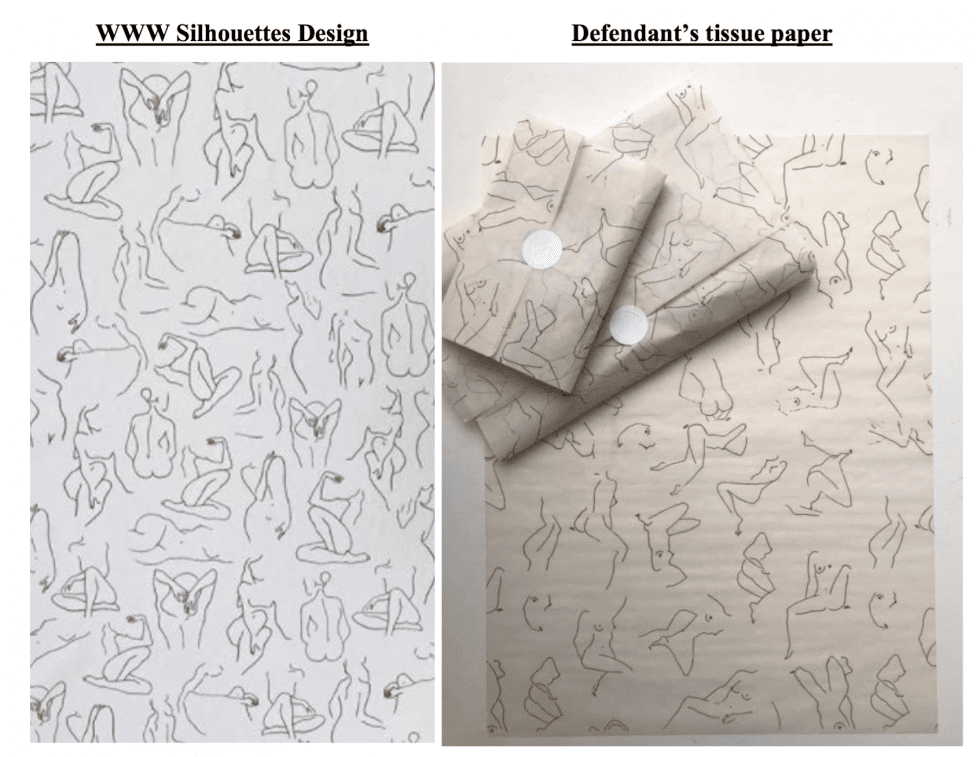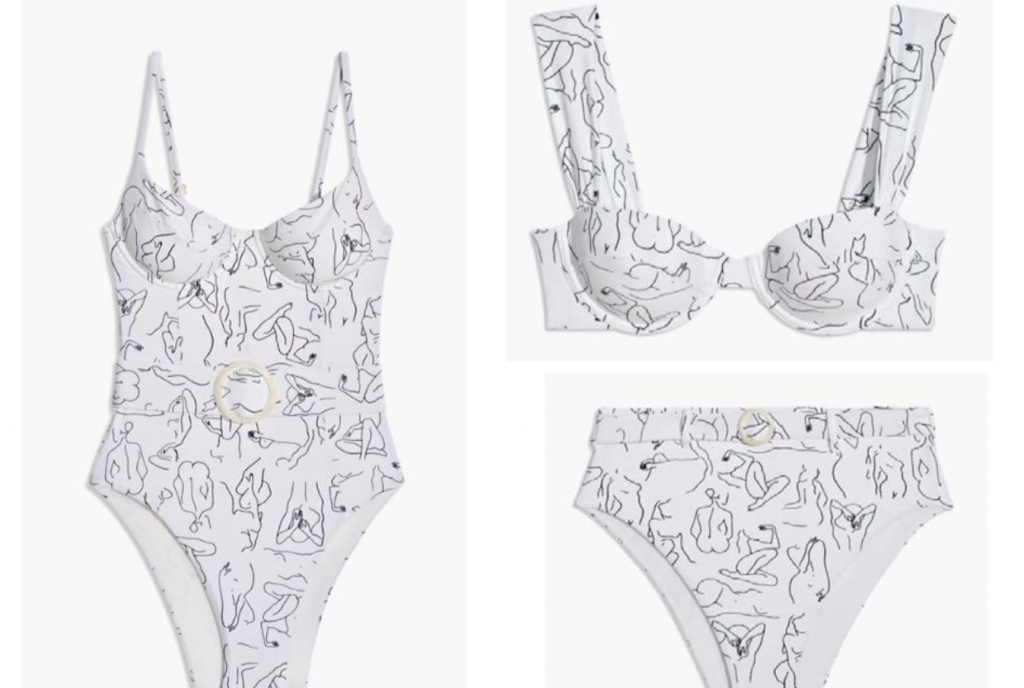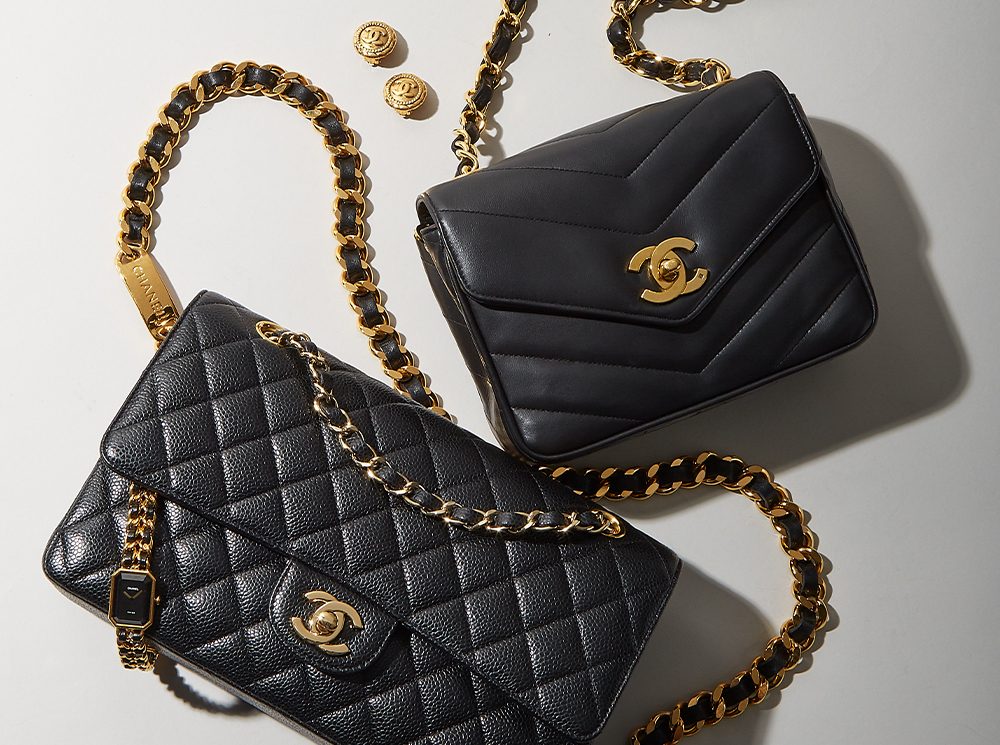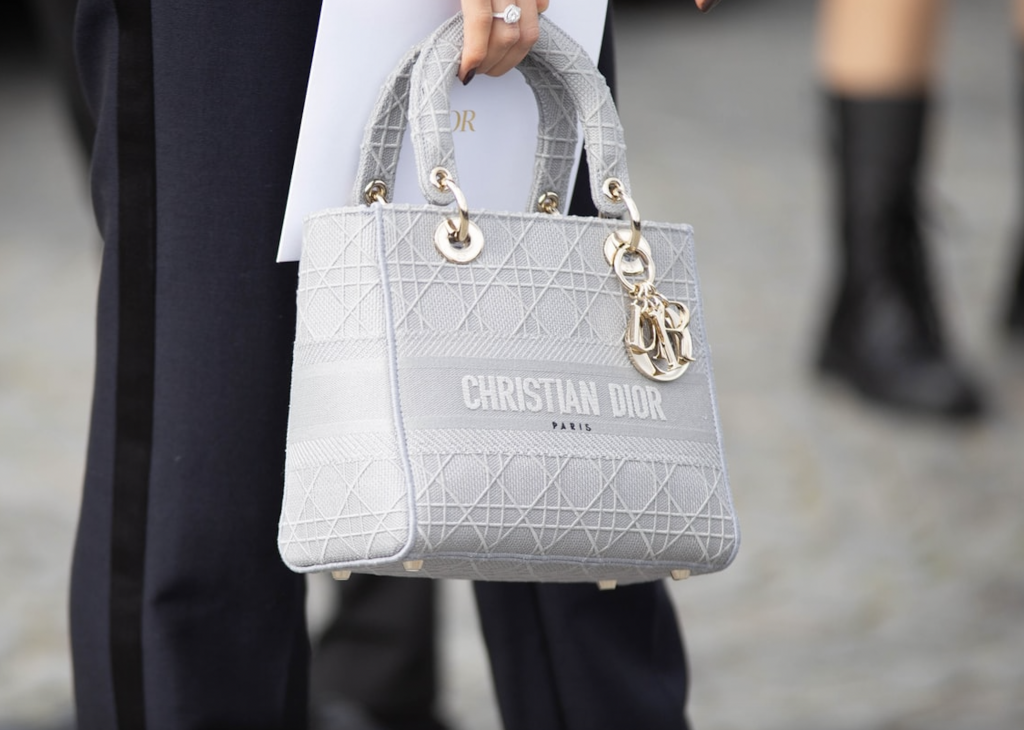The Great Eros has responded to the headline-making lawsuit that WeWoreWhat initiated against it this fall. In the answer that it filed on January 4, CV Collective LLC d/b/a The Great Eros denies a host of the claims that WeWoreWhat (“WWW”) lodged against it in its October 15 declaratory judgment action, while also setting out an array of affirmative defenses in an effort to shield itself from New York-based WWW’s quest for a court order formally stating that it did not infringe The Great Eros’ copyright in a silhouette-centric print – or engage in unfair competition – by way of its manufacture and sale of a handful of products bearing a lookalike pattern.
According to the complaint that it filed last year, WWW – the fashion brand of heavily-followed influencer Danielle Bernstein – argued that it was engaged in a behind-the-scenes back and forth with The Great Eros ever since the Brooklyn, New York-based brand first sent it a cease and desist letter in August 2020, in which it accused WWW of “committing copyright infringement and engag[ing] in unfair competition via its use of the WWW Silhouettes Design” on swimwear and activewear offerings. WWW’s use of the Silhouettes Design represents an “unauthorized reproduction” of The Great Eros’s “famous artwork and trade dress,” the brand argued in its cease and desist letter, pointing to the silhouette-centric pattern that it uses on it has used on own product packaging, namely, tissue paper, since 2017.
WWW responded to The Great Eros’ letter by denying that its Silhouettes Design is a copy of The Great Eros’ print, and instead, “was inspired by the generally ubiquitous concept of silhouette drawings of the human form along with a number of Henri Matisse’s line drawings.”
After The Great Eros allegedly failed to provide WWW with any “evidence that [it] had to support its claims” of infringement (including that WWW copied the tissue paper design, that it had access to the print, or “that the sections of the tissue paper design that [The Great Eros] alleges that WWW’ copied are protected by copyright”), WWW claims that on October 13, it received an email from The Great Eros, in which the company “made an actual threat to file a district court litigation … against [WWW]” that week, and attached a draft of the complaint that it was threatening to file in court.

As a result of the alleged threat of litigation from The Great Eros, WWW filed a suit of its own in a New York federal court, asserting that “as with the [cease and desist] letter and email correspondences, [The Great Eros] continues to fail to allege … that [the] WWW Silhouettes Design is ‘substantially similar’ to that of [its] tissue paper design which shows their alleged copyright claim is not valid or credible.” (Substantial similarity is the standard for gauging whether two works are similar enough to give rise to a finding of copyright infringement).
Now, The Great Eros is taking issue with no shortage of the claims that WWW set out in its lawsuit, including that the “WWW Silhouettes Design is substantially different from” The Great Eros’ pattern, and WWW’s argument that “no one, including [The Great Eros], owns the concept of silhouette of the human form.” In that same vein, The Great Eros denies WWW’s assertion that the two parties’ prints are not “substantially similar” – the metric for gauging copyright infringement – and similarly takes issue with WWW’s claim that the two companies’ patterns “have many distinguishing characteristics.”
In addition to its denials, The Great Eros sets out a number of affirmative defenses, arguing that WWW claims “are vague, uncertain, imaginary, and speculative,” and that the influencer brand “fails to state a claim against [it] upon which relief may be granted and therefore it should be dismissed with prejudice.” Beyond that, The Great Eros alleges that any relief that WWW may be entitled to “is barred, in whole or in part, under the doctrine of unclean hands” – or in other words, WWW has acted unethically in relation to the subject of the lawsuit and thus, should be prevented from reaping any wins in the case.
And still yet, The Great Eros contends that WWW’s “declaratory relief action was filed in anticipation of an infringement action to be filed by [The Great Eros], while settlement negotiations were pending and with deception, in an effort to gain a tactical advantage.” With the foregoing in mind, The Great Eros denies that WWW has “been injured or threatened with injury in any way whatsoever, and specifically denies that [WWW is] entitled to relief of any kind whatsoever.” As a result, it requests that the court enter a judgment in its favor, against WWW.
All the while, a separate but related lawsuit that The Great Eros filed against WWW is underway in federal court in California.
*The case is WEWOREWHAT, LLC, and ONIA, LLC, v. CV COLLECTION, LLC, d/b/a THE GREAT EROS, 1:20-cv-08623 (SDNY).











